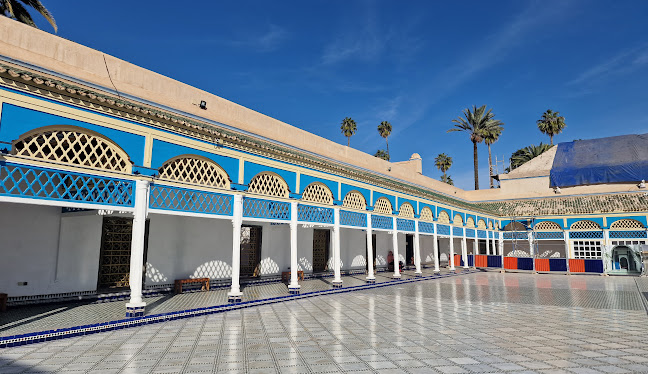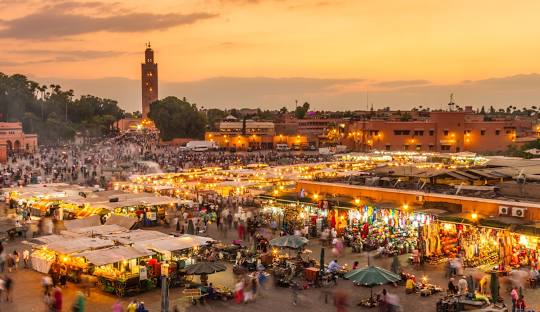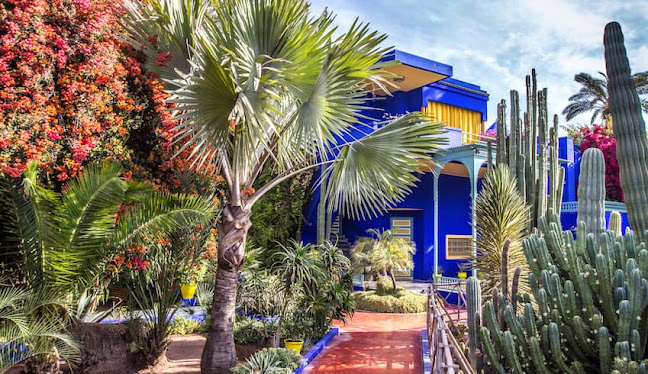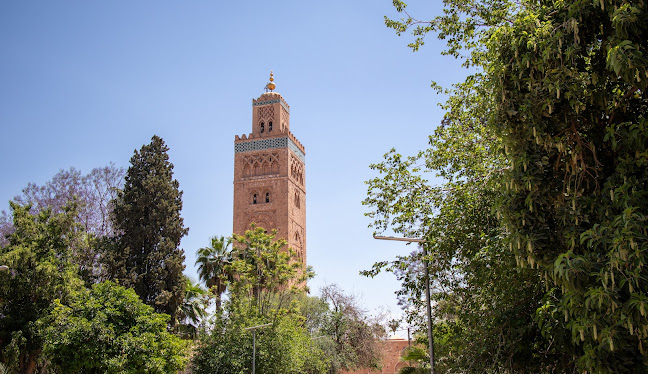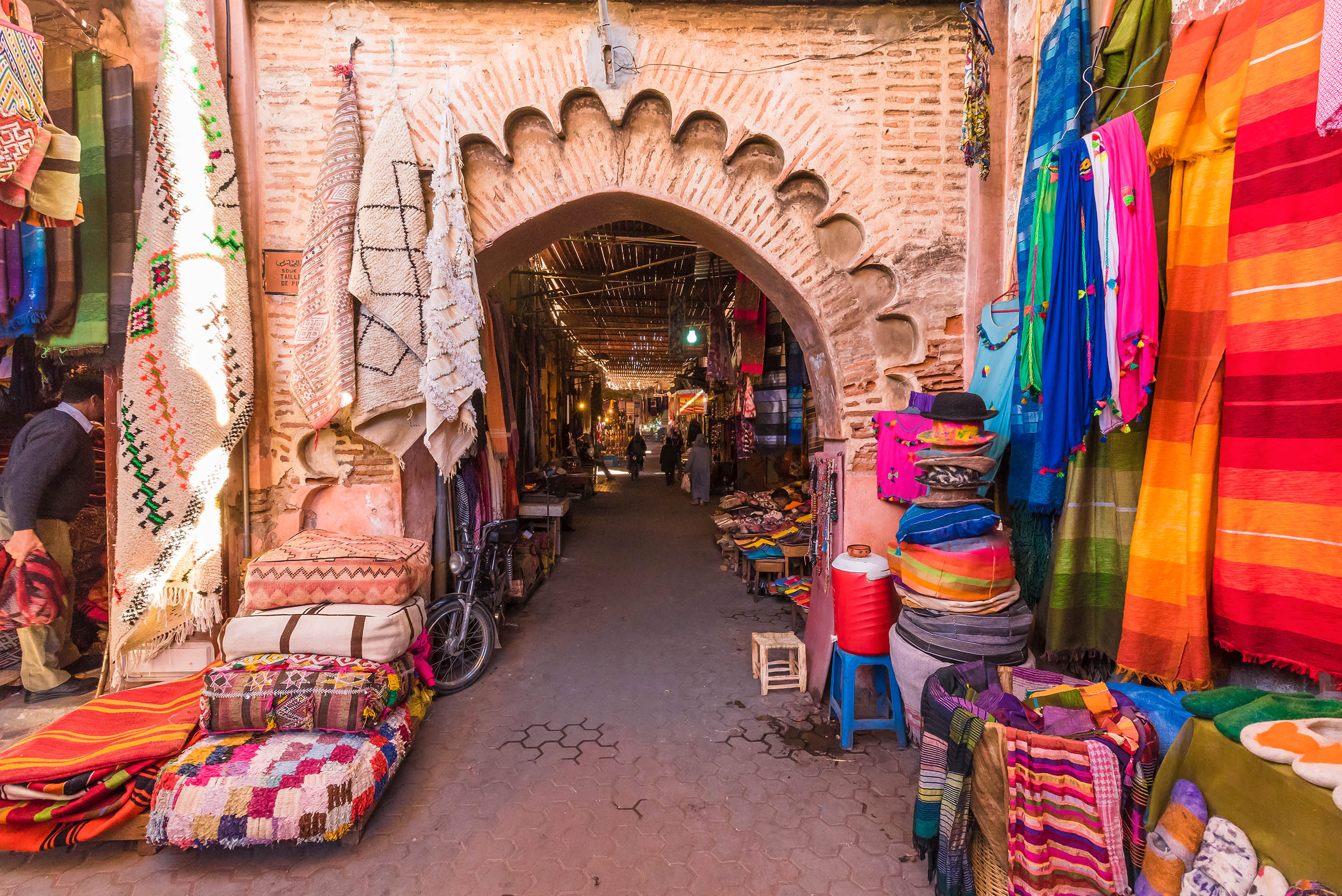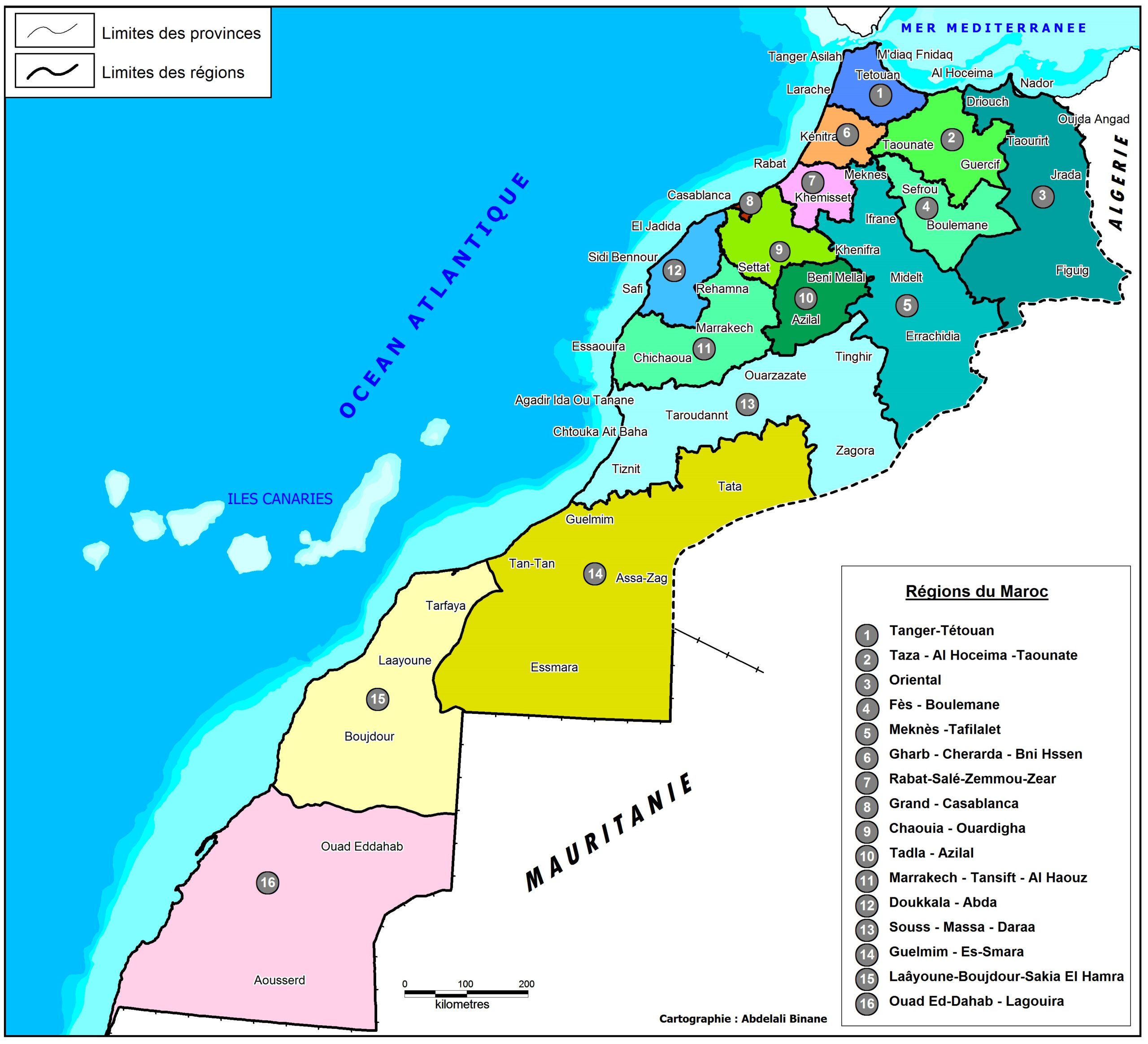Desert Vie operates in the striking geographical features of Morocco, stretching across North Africa from the Atlantic Ocean to the Mediterranean Sea and southward into the arid expanses of the Sahara. Its location at the crossroads of Europe and Africa, separated from Spain by only fourteen kilometers of the Strait of Gibraltar, has given it a unique geographical identity. The landscape of Morocco is a tapestry of mountains, plateaus, valleys, coasts, and deserts, each contributing to the cultural and ecological richness of the nation.
Geographical features of Morocco
Understanding the geographical features of Morocco requires moving from its coastal regions inward to the towering mountain ranges and finally to the deserts that dominate the southern and eastern parts of the country. The coastal areas of Morocco form some of its most defining geographical features. To the west, the Atlantic coastline runs for more than 1,800 kilometers, dotted with sandy beaches, cliffs, and estuaries. This coastline has historically been vital for trade, fishing, and agriculture.
The geographical features of Morocco include fertile coastal plains, benefiting from relatively mild temperatures and seasonal rains. Cities such as Casablanca, Rabat, and Agadir are located along this coast, thriving as centers of commerce, culture, and industry. On the northern side, Morocco’s Mediterranean coast is shorter but equally significant. It features rugged cliffs, small coves, and natural harbors. The Mediterranean waters are calmer than the Atlantic, and the region enjoys a warm, temperate climate. Important cities like Tangier and Tetouan lie in this zone, bridging the cultures of North Africa and southern Europe.
Also among the geographical features of Morocco, the Kingdom is dominated by its mountain systems, which shape the climate, ecosystems, and human settlement patterns. The Atlas mountains are the most prominent range, stretching diagonally across the country from the southwest to the northeast. They are divided into three main sections, namely the High Atlas, the Middle one, and the Anti-Atlas. The first, located in central Morocco, is the most imposing of the three, with peaks often snowcapped for much of the year.
The highest point is Mount Toubkal, rising to 4,167 meters, making it the tallest mountain in North Africa. Inside the geographical features of Morocco, the High Atlas acts as a climatic barrier, blocking the humid winds from the Atlantic and creating arid conditions to the south and east. These mountains are home to Berber villages that preserve traditional ways of life, and their valleys support orchards, terraced fields, and seasonal pastures. The Middle Atlas, situated further north, is lower in elevation but no less important.
It is characterized by dense cedar forests, limestone plateaus, and lakes. This region receives significant rainfall and supports abundant biodiversity, including the Barbary macaque, a primate native to Morocco. The Anti-Atlas, located to the south of the High Atlas, is geologically older and less elevated, but its rocky landscapes and rugged beauty make it distinctive among the geographical features of Morocco. It serves as a transitional zone leading toward the Sahara Desert.
Together, these mountain ranges not only shape geographical features of Morocco but also determine water resources, as rivers such as the Oum Er-Rbia, Sebou, and Draa originate in the mountains and irrigate surrounding lands. South and east of the Atlas mountains lies the vast expanse of the Sahara. While much of Morocco is not fully desert, the southeastern part of the country is dominated by arid and semi-arid landscapes. This includes rocky plateaus known as hammadas, dry riverbeds or wadis, and spectacular sand dunes, particularly near Merzouga and Erg Chebbi.
These dunes, some towering up to 150 meters, create inspiring geographical features of Morocco, drawing visitors from around the world. The Sahara region experiences extreme temperatures, with scorching summers and cold winters, and rainfall is scarce as well as unpredictable. Nomadic groups traditionally roamed these areas, but many have now settled in oasis towns such as Erfoud and Zagora. Oases are vital in this desert environment, supporting date palms, small-scale agriculture, and human habitation. In addition to mountains, deserts, and coasts, Morocco features expansive plains and plateaus that are central to its agriculture.
The Saïss plain, located between the Middle Atlas and the Rif Mountains, is a fertile agricultural zone producing cereals, olives, and grapes. Similarly, the Haouz plain near Marrakech and the Gharb plain northwest of Rabat are important farming regions. These geographical features of Morocco benefit from irrigation supplied by rivers descending from the Atlas Mountains. The Rif in the north, although less elevated, is rugged and forested, descending sharply toward the Mediterranean coast. The Rif, with small villages scattered across its steep slopes, remains ecologically significant with diverse flora and fauna.
Water bodies also play a role in geographical features of Morocco, though natural lakes are limited. The rivers flowing from the Atlas are lifelines for agriculture and settlement, particularly in semi-arid areas. Dams have been constructed to manage water resources, generate hydroelectric power, and reduce dependence on seasonal rains. The combination of mountains, rivers, and plains creates a mosaic of landscapes that sustain Morocco’s economy and population.
Altogether, Morocco’s geography is a meeting point of contrasts, including fertile coastal plains facing the Atlantic and Mediterranean, snowcapped peaks rising from the Atlas Mountains, dry plateaus stretching toward the desert, and vast dune fields marking the entrance to the Sahara. This physical variety influences not only the environment but also the culture, economy, and daily life of its people. From the fishermen of the Atlantic coast to the shepherds of the High Atlas and the farmers of the interior plains, Morocco’s geographical features provide both challenges and opportunities. They have shaped its history as a crossroads of civilizations and continue to define its identity as a land of diversity and natural beauty.
